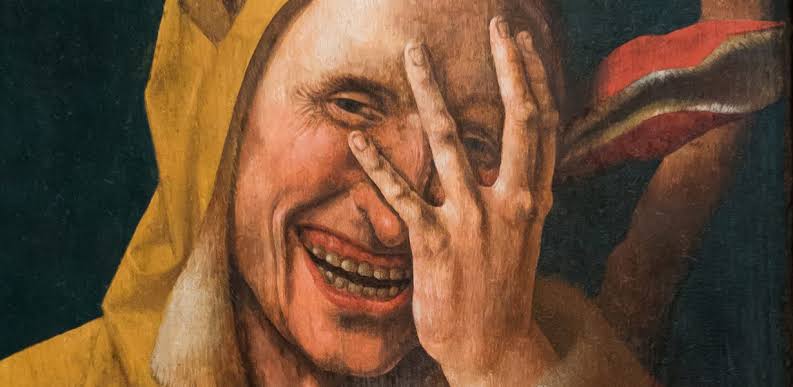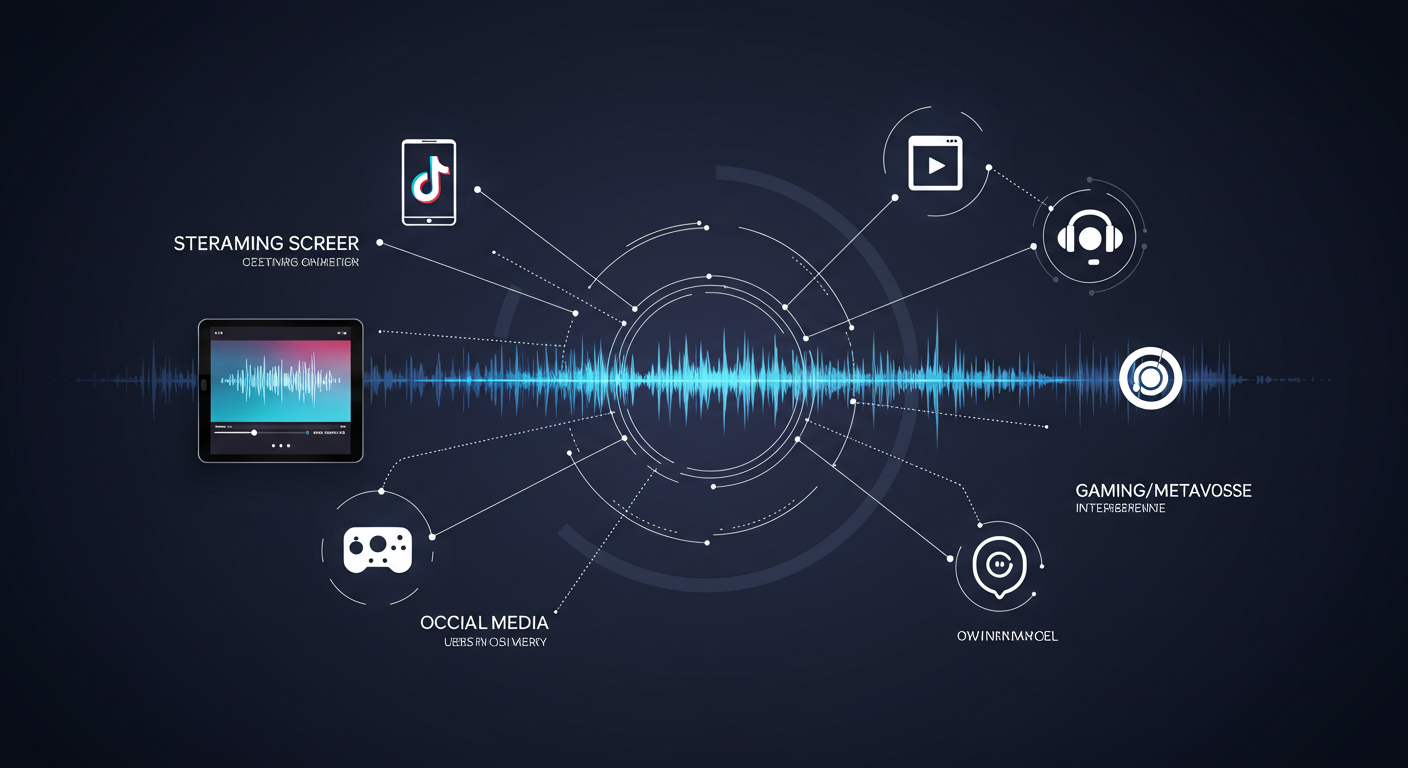By Zion Rufus
How excited were you to wander the Palais again this year for the Cannes Lions Festival of Creativity?
The nostalgia mixed with timeless excitement must have swept through your body as you watched thousands of delegates gather from across the world. They came not just to bask in the French summer but to celebrate the pinnacle of advertising and creativity shaping our daily lives. From the excitement on the faces of first-timers to the expectations of those returning, the thrill that binds us all was palpable.
Following every ad review, every campaign, and taking notes from diverse speakers and insightful sessions, a dominant theme emerged: laughter. The utilization of humor in advertising had been declining despite its effectiveness in sustaining viewership and capturing the attention of target audiences, according to a report by Kantar.
However, research conducted by Kantar and Affectiva highlights the under-leveraged potential of emotion in digital advertising, emphasizing that incorporating humor provides a valuable opportunity for advertisers.
Digital advertisements that evoke strong emotions, including humor, are four times more likely to drive brand equity.
It was disheartening to see that at some point, we began to underestimate the power of a good laugh—its calming, clarifying, and unifying effects.
Yet, it’s heartwarming to see the prominence of humor and earned media in advertisements taking a front seat, as industry leaders acknowledge the undeniable impact of a good laugh and the strategic use of earned media in catapulting campaigns to new heights.
From an era where advertising was solely about creativity, brands are now seizing the potential of humor to not only entertain but also engage and persuade.
Recent data from WARC, a global marketing effectiveness authority, further confirmed this shift. Humor, with its ability to be memorable, distinctive, and persuasive, has now emerged as a vital tool in the marketer’s arsenal. The ‘Creative Effectiveness Lions 2023 – Insights from the Winners’ report by WARC highlighted several key themes driving this advertising revolution.
The report indicates that the Cannes Creative Effectiveness Lions winners of 2023 witnessed an upsurge in campaigns adopting a more light-hearted approach, even when addressing serious issues.
One of these themes is the incorporation of joy and levity in campaigns. After a period of declining humor in advertising, 2022 marked a resurgence in this approach. Brands have recognized that laughter not only unites people but also creates a shared experience that helps overcome social anxiety, bringing individuals from diverse backgrounds closer together.
The Power of Humor in Advertising: Insights from Cannes Lions Festival of Creativity
During a Creative Impact session at the Cannes Lions International Festival of Creativity, Andrew Robertson, President and CEO of BBDO Worldwide, discussed the power of humor in advertising. He presented exclusive data revealing that humor is one of the most effective tools in marketing, despite its declining usage.
Robertson cited statistics from the Oracle Happiness Report, stating that 90% of viewers are more likely to remember a funny ad. Additionally, humor increases distinctiveness by 11 points in the counter link measurement, and 80% of individuals are more likely to recommend a funny brand. Moreover, 91% of people desire brands to incorporate humor, with 72% expressing a preference for a humorous brand over the competition. Robertson also emphasized the viral potential of funny ads, as people enjoy and share them more frequently.
In an interview with MARKETING EDGE, Fridel Makun, marketing communications consultant and Head of B2B and Sales Mdundo Africa, discussed the significant role of humor in advertising and content creation in Nigeria. Makun noted that humor holds great importance in Nigerian culture and is extensively used in various forms of media, including movies. Consequently, many brands collaborate with skit makers and pranksters to leverage humor effectively.
The rise of content creators such as Taaoma, Shank, Sydney Talker, MC Macaroni, and Brain Jotter has transformed content creation into a comprehensive marketing strategy, with multinational brands utilizing these influencers to promote their products on digital platforms. Sabinus, a popular Nigerian skit maker and recipient of the 2022 AMVCA content creator award, revealed earning an average of ₦10 million monthly from brand advertisements on his platforms.
Did we forget that laughter is universal? Sharing wholesome laughter clearly unites people from diverse backgrounds and experiences.
The convergence of humor and earned media is poised to lead the advertising revolution of the future. Brands that master these elements are not only poised to connect with audiences on a deeper level but also to drive sustainable business growth through effective and memorable campaigns.
Campaigns like ‘Invaluable Food’ by Leo Burnett, ‘Hack Market’ by Marcel Paris, and ‘Apologize the Rainbow’ by DDB Chicago demonstrated the efficacy of humor in captivating audiences across various contexts. Gaetan du Peloux, Chief Creative Officer at Marcel Paris, underlined the importance of infusing humor even into serious subjects, emphasizing that communication doesn’t have to be heavy to address critical matters.
Another groundbreaking trend identified by the WARC report is the transformation of distinctive assets into the campaign’s core idea. Brands are leveraging their unique brand assets, making them the focal point of their campaigns. Examples like ‘Foamy Haircut’ by Africa São Paulo and ‘Draw Ketchup’ by Rethink Canada illustrate how creativity has been employed to magnify the iconicity of these assets and tap into consumers’ emotional connections with beloved brands. This strategy turns brand recognition into an integral part of the campaign itself.
Similarly, the shift in brand purpose has been a driving force in the advertising revolution. Brands are transitioning from viewing change as an obligation to seizing it as an opportunity to create shared value. A prime example is the Grand Prix-winning campaign ‘Shah Rukh Khan My Ad’ by Ogilvy Mumbai for Cadbury. By supporting the supply chain of its Celebrations product in India and promoting small businesses, the brand created shared value, serving both business objectives and societal challenges.
In the era of digital connectivity, earned media’s role has also become more critical than ever. Campaigns are increasingly harnessing the power of word-of-mouth and social sharing to generate mass attention and participation in culture. Check out ‘Our Worst Vintage’ crowdfunding campaign by Seven. One Ad Factory for Flutwein, which exemplifies how donated and earned media can collectively reach and rally millions, showcasing the potency of this approach.







Comment
No comments found.